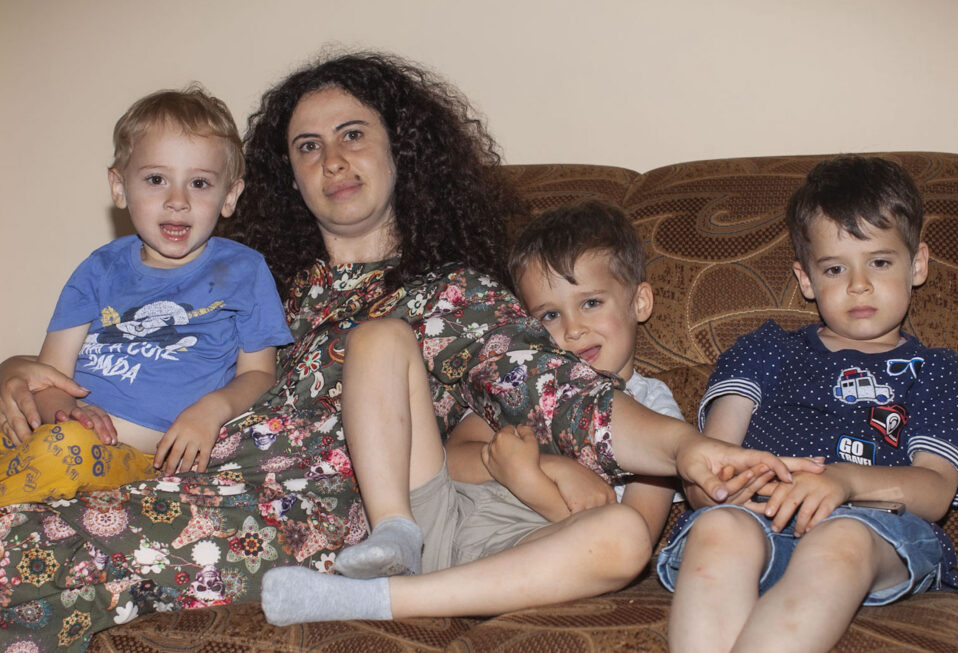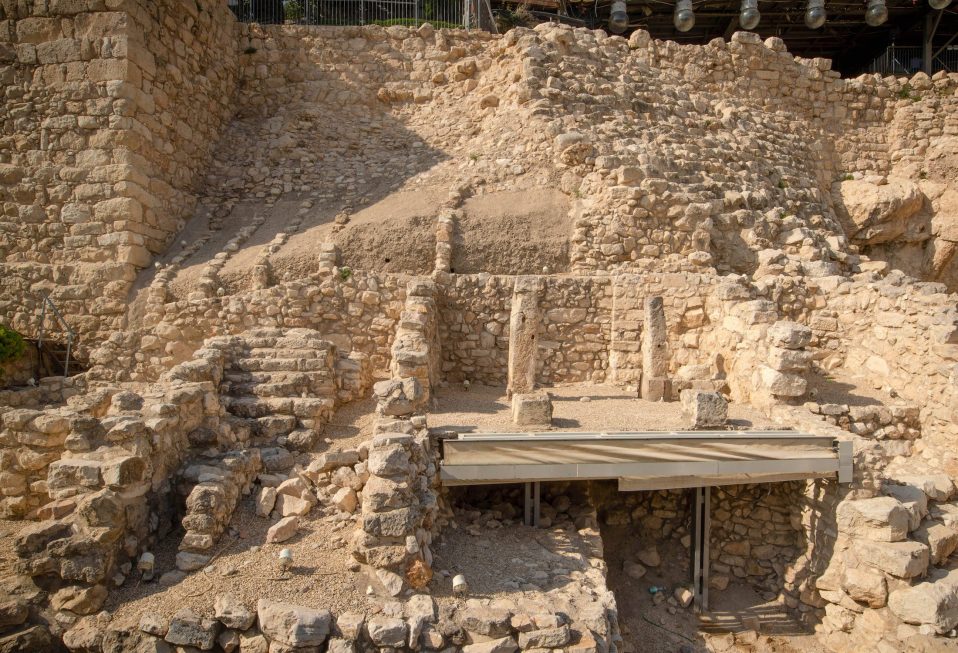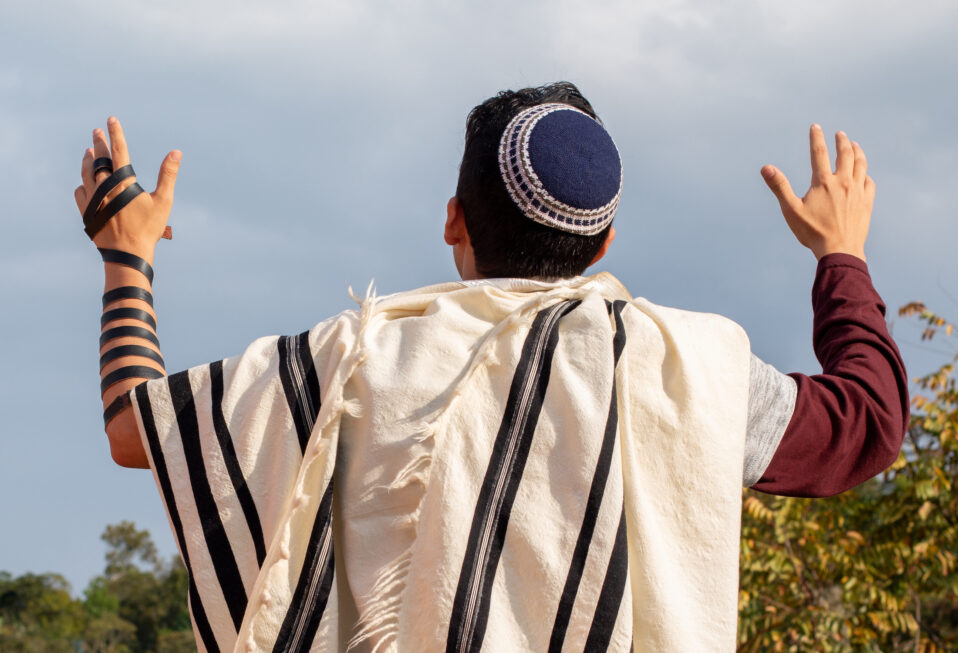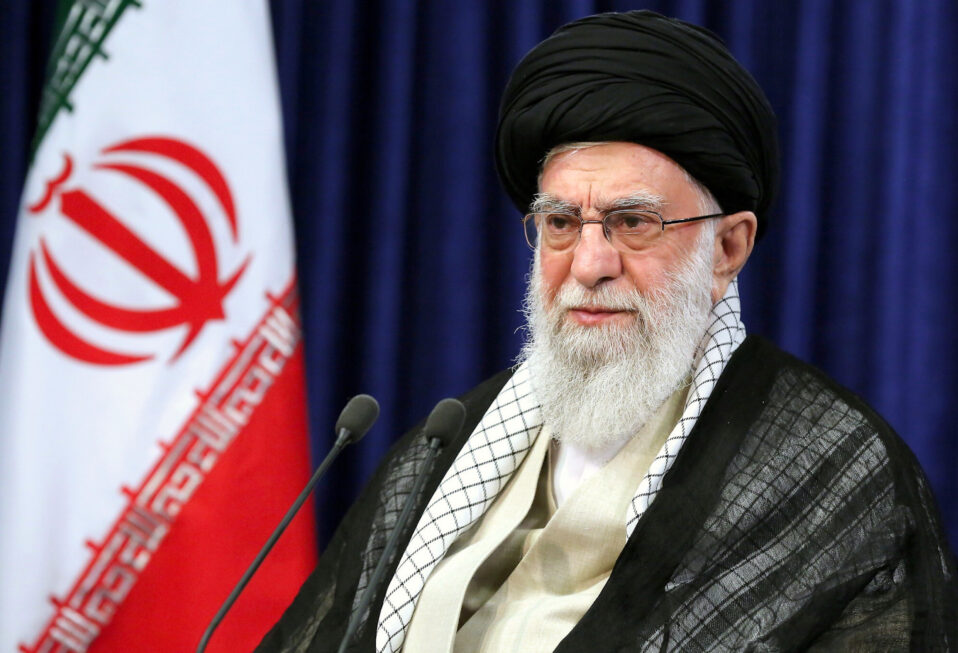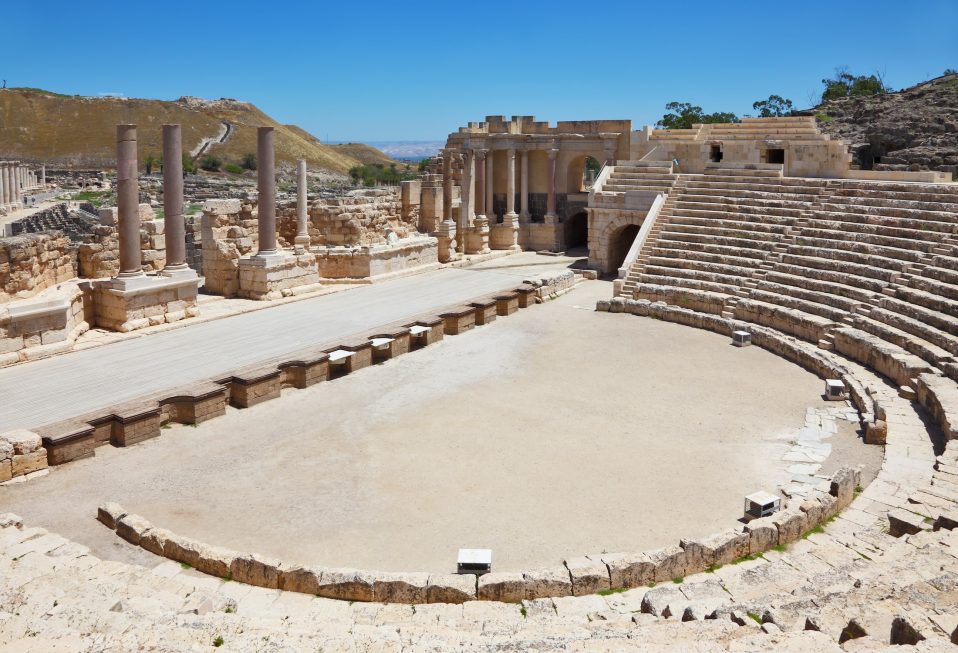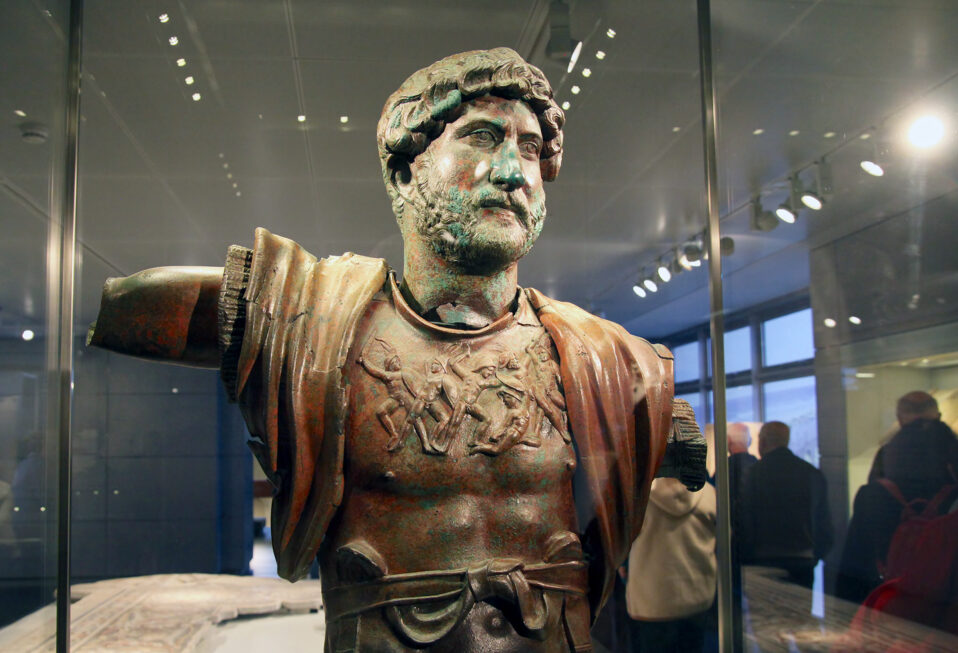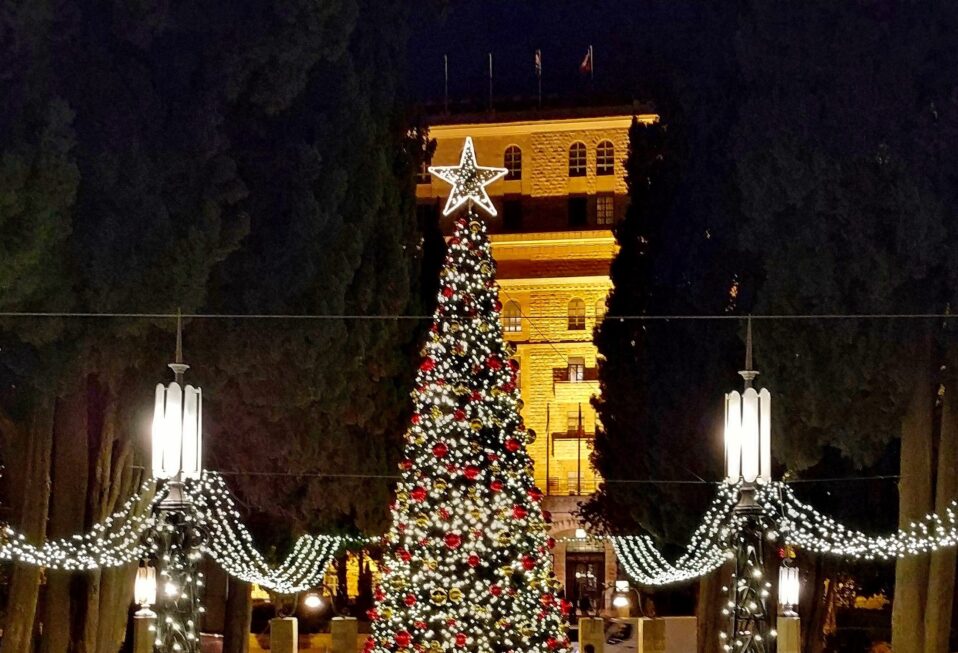By Arlene Bridges Samuels
Amid the mountain of Jew hatred metastasizing into a global cancer, it is indeed encouraging to recognize lawful efforts to do what is right as reflected in Proverbs 28:4: “Those who forsake the law praise the wicked, but those who keep the law strive against them.”
Advocacy in the halls of justice is vital when it comes to exposing the many forms of anti-Semitism. The Zachor Legal Institute is a legal think tank, battling forces that are against Israel as a nation and Jews as a people. Zachor is a Hebrew term meaning to remember—to remember not just the covenants between God and His chosen people but also historical events such as the Holocaust, and the rhetoric and acts that led to it. Zachor Legal Institute (ZLI) therefore rests on the brilliance of learning past lessons to infuse courage and strength in defending the Jewish people today. Producing legal, scholarly research for all organizations under a Zionist umbrella is part of ZLI’s widely respected activism.
Americans might be surprised to learn where anti-Semitism is lurking in our country among businesses, universities, and government sectors. Zachor, however, is not surprised. This 501(c)(3) non-profit, which was founded in 2015, uses well-established legal principles—such as anti-terrorism and anti-racketeering laws. They litigate to expose wrongdoing, so that financial and criminal penalties might be imposed on anti-Israel movements in the United States.
The discriminatory Boycott, Divestment and Sanctions (BDS) movement is one of ZLI’s main targets. BDS, in simple terms, is economic warfare against Israel. It has three goals: to boycott Israeli goods, institutions, and companies; divest from outside manufacturers of Israeli military equipment; and sanction Israel wherever possible. BDS is an engine of hate against Israel. Founded in 2005 with 146 Palestinian organization signatories, it promotes numerous lies—including accusations that Israel is an apartheid state. The BDS slogan embodies their destructive theme against the ancestral Jewish homeland, “From the river to the sea, Palestine will be free.”
As a side note: BDS is not new. Nazis officially implemented violent boycotts of Jewish businesses on April 1, 1933, with the slogan, “Germans defend yourselves. Do not buy from Jews.” Ninety years later, will June 25, 2023, become a date similar to April 1, 1933? A reporter revealed that, on this date, the Biden administration revived an Obama administration boycott against scientific and technological cooperation with Jews living in Judea and Samaria. Former President Trump reversed the Obama/Biden decision and approved the cooperation. President Biden reenacted it in secret. Biden’s present-day action is an example of a government gone wrong.
Zachor’s founder and president, attorney Marc Greendorfer, and its COO, Ron Machol, have dedicated their extensive skills and shared goals to making sure BDS does not advance in the U.S. and Israel. Their 2023 Midyear Report with research, activism, publications, and new projects is outstanding.
An AP report last summer described the Jewish community in Massachusetts as being “on edge” after an anonymously produced (and perhaps Palestine-based) website was launched. Named The Mapping Project, this interactive site lists a number of companies that it accuses of “complicity in a range of ‘harms,’ from ethnic cleansing to colonialism, ‘surveillance’ and Zionism.”
Zachor recently released two reports about the Boston Mapping Project, which ZLI researched in Al Jazeera media. In the first report, Zachor describes Al Jazeera as “Qatar’s foreign intervention masked as an American news outlet.” The Boston Mapping Project may sound innocent, but details indicate otherwise. In Marc Greendorfer’s briefing to Congressional staff about the Mapping Project, he revealed that the anonymous website maps 505 locations—including Jewish targets—in Massachusetts. Zachor’s first report rightly denounced the inclusion of Jewish institutions, synagogues, and connections to Israel.
However, Zachor’s second report, endorsed by 17 other American NGOs, adds that two-thirds of the 505 targets show the exact locations of 271 police stations and nine U.S. military bases, along with Homeland Security, FBI, and Secret Service offices. The Mapping Project combines dangerous security challenges to all locations, pinpointed on one map. Evidence is emerging that Iran’s state-owned PressTV praised the project and suggested that it should expand to other states. In an ominous remark, The Mapping Project site warns, “Every entity has an address, every network can be disrupted.”
Marc Greendorfer remarked, “There is no logical explanation for why the map was published other than to serve as a kill list for extremists to use when targeting United States’ national security infrastructure and prominent Jews in America.” He asserts, with good reason, “This has all the hallmarks of Iranian terror.”
Thirty-six states already have anti-BDS laws on the books, along with excellent bipartisan legislation in the U.S. Congress. Zachor Legal Institute has added a resource to its website to track companies violating state and federal laws and to send no-cost reports to states.
In its research, Zachor unearthed the fact that Palestinian Arab terror organizations were using U.S.-based charities to raise money. In early 2023, they then launched a campaign to inform credit card companies about one of the main perpetrators, an Arizona charity called Alliance for Global Justice (AFGJ). More than 100 left-wing and Soros-backed organizations rely on AFGJ. Success was achieved when almost every credit card company denied access to AFGJ. Zachor staff is dedicated to pursuing other non-profits funneling large, tax-deductible donations to terrorists.
Finally, ZLI is already addressing the roll-out of anti-Semitic K-12 ethnic studies in California. They contain brazen Marxist ideas and deny the Jews’ right to their homeland. The curriculum defies state and federal laws, as well as the U.S. Constitution. COO Ron Machol, who made Aliyah to Israel 30 years ago from California, reveals his serious concerns. “Critical Race Theory ethnic studies are beginning in California and throughout the country in K-12 schools,” he said. “We are pushing back aggressively.” If you or family live in California, Machol welcomes your examples of “discriminatory materials from children or grandchildren’s schools by emailing info@zachorlegal.org.” He also expressed his appreciation for “loving support we receive from international religious communities.”
An excellent law review article, “History of Arab Colonization of Historic Jewish Lands,” is the foundation for their legal actions. Marc Greendorfer observes, “A review of history and Marxist terminology shows that if there are settler-colonialists in the Middle East, it is those who refer to themselves as Palestinian Arab Muslims, not Israeli Jews.”
We welcome you to join our CBN Israel team this week to pray for the sanctity of laws, focusing on Psalm 19:7-9: “The law of the LORD is perfect, reviving the soul; the testimony of the LORD is sure, making wise the simple; the precepts of the LORD are right, rejoicing the heart; the commandment of the LORD is pure, enlightening the eyes; the fear of the LORD is clean, enduring forever; the rules of the LORD are true, and righteous altogether.”
Prayer Points:
- Pray with thanks for the commitment of Zachor to stop terror funding.
- Pray for Zachor’s increased success and cooperative networks.
- Pray for trustworthy firms in the U.S. and Israel to uncover hidden lawbreakers against Israel and the Jewish people.
- Pray for other excellent law firms like Shurat HaDin in Israel and the American Center for Law and Justice (ACLJ).
Scripture is taken from the English Standard Version.
Arlene Bridges Samuels pioneered Christian outreach for the American Israel Public Affairs Committee (AIPAC). After nine years on AIPAC’s staff, International Christian Embassy Jerusalem USA engaged her part-time as Outreach Director for their project, American Christian Leaders for Israel. Arlene is an author at The Blogs-Times of Israel, guest columnist at All Israel News, and has frequently traveled to Israel since 1990. She co-edited The Auschwitz Album Revisited and is a board member for Violins of Hope South Carolina. Arlene attends Israel’s Government Press Office Christian Media Summit and hosts her devotionals, The Eclectic Evangelical, on Facebook.




